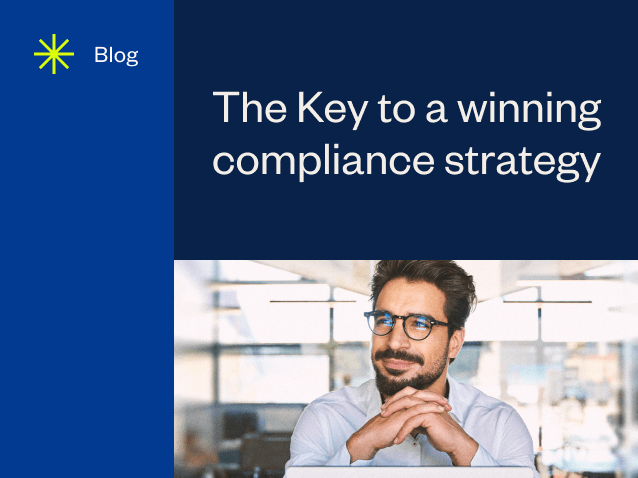Audit Consolidation: The Key to a Winning Compliance Strategy

Competing priorities, everchanging standards, and a nonstop audit cycle can make tracking and executing audit plans a challenge. Enterprises are now turning to their audit partners to streamline the process and provide strategic plans through a process called audit consolidation. Read on to learn more from A-LIGN’s 2025 Compliance Benchmark Report.
According to A-LIGN’s survey, 92% of organizations conduct at least two audits or assessments each year, with 58% conducting four or more audits. So, it should come as no surprise that nearly two-thirds of organizations are spending at least three months per year preparing for audits. This reactive, one-off approach likely has some impact on the available resources dedicated to compliance.
In this blog, we will share some of the benefits of consolidating audits and auditors and some of the best practices to do so.
What are the benefits of consolidating audits?
Audit harmonization can reduce complexity and streamline compliance efforts by creating a close partnership between companies and their auditors. Auditors work with clients to create a compliance strategy that not only meets regulatory standards but also enhances customer trust, reduces risk, improves efficiency, and drives additional revenue.
Additional benefits of consolidating audits include:
- Consistency across assessments: By consolidating audits, organizations can ensure a consistent approach to completing multiple assessments. This can help to standardize the audit process, reduce the risk of errors or inconsistencies, and provide a more comprehensive view of the organization’s compliance posture.
- Conducting multiple assessments with one vendor: Consolidating audits enables organizations to conduct multiple assessments with one vendor. This can help streamline the audit process, reduce costs, and improve communication and collaboration between the organization and the vendor.
- Reduction in duplicate evidence collection: Consolidating audits can also save time in evidence collecting. By consolidating multiple audits into a single event, organizations can more efficiently collect and organize the evidence required for each assessment, all at one time. This reduces the need to collect the same or similar evidence for different assessments throughout the year, reducing the amount of time and resources required to achieve compliance.
- Time savings: Consolidating audits can also save time for the auditor reviewing the evidence. By consolidating audits, auditors can more easily identify and review evidence that is relevant to multiple assessments, reducing the amount of time required to complete each audit (and the cost associated with their work).
In addition to consolidating audits, organizations can also streamline compliance by consolidating their audits with a single provider.
What are the benefits of consolidating auditors?
Consolidating auditors involves working with a single provider to manage all of audits, instead of hiring multiple auditors across different areas of focus.
A-LIGN’s research shows that half of organizations might switch audit service providers for more efficient, less time-consuming processes and 45% would do so for cost savings. Consolidating audit service providers could help realize these benefits.
By consolidating auditors, organizations can realize several advantages, including:
More efficient and effective audits: Consolidating auditors can reduce the time and resources required to manage multiple vendors. By working with a single provider, organizations can streamline the audit process and reduce the administrative burden of managing multiple auditors.
Cost savings: Another significant benefit of consolidating auditors is cost savings. By working with a single provider, you can negotiate better rates and reduce the overall cost of your compliance program. Furthermore, consolidated audits reduce the time spent managing the audit process, which can help reduce costs and increase efficiency.
Improved communication: Consolidating auditors can help improve communication and collaboration between different areas of your organization. By working with a single provider, you can ensure that everyone is on the same page and that all compliance activities are aligned with your organization’s goals.
Technological advantages: Working with a single provider can ensure that everyone is using the same audit management tools and software, which can minimize the administrative burden and complexity of managing multiple vendors. Furthermore, vendors such as A-LIGN offer proprietary compliance management platforms with powerful features, including automated evidence collection and task management, further reducing the time and effort required to manage compliance assessments.
Organizations should carefully consider their options when selecting an auditor and ensure that they are working with a provider that can meet their unique needs. It’s important to choose an auditor that has experience in your industry and understands the specific regulations and standards that you must comply with. Additionally, organizations should carefully review the audit methodology and approach used by the provider to ensure that it aligns with their overall compliance goals.
Want to learn more? Contact us today to learn how A-LIGN can save you time and streamline your audit process.
